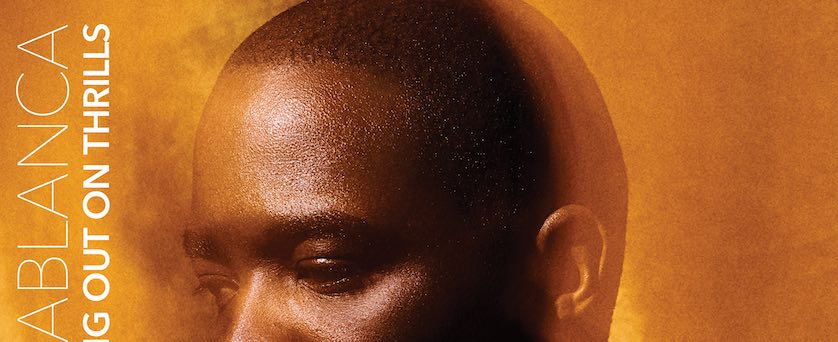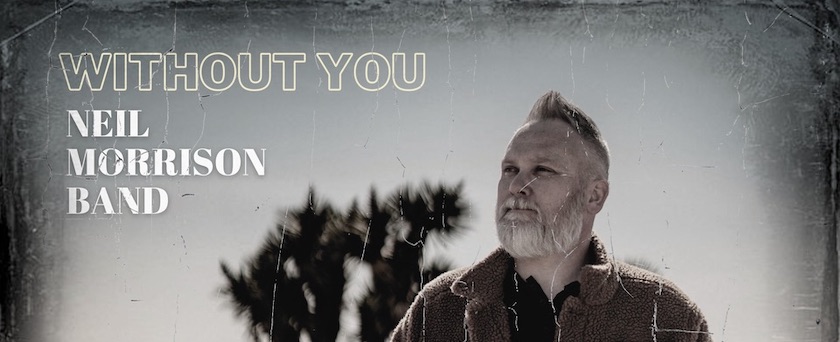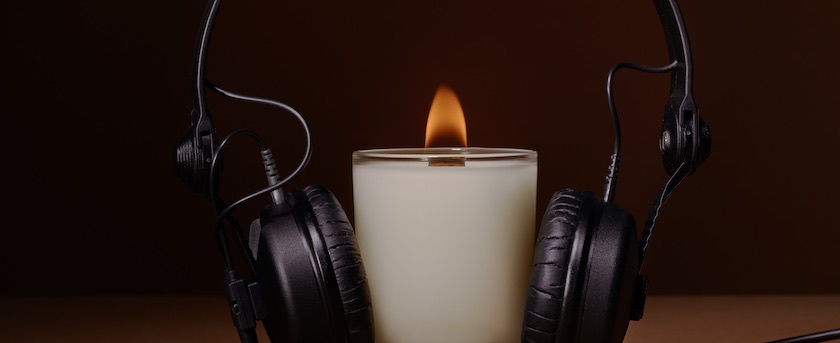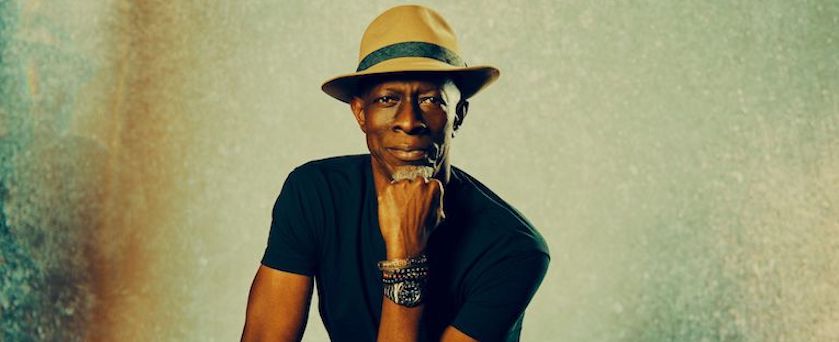Contemporary Blues
Contemporary Blues
Blues music has come a long way since its inception in the early 20th century. With the fusion of different musical styles and influences, contemporary blues has become a unique and versatile genre. This modern form of blues music encompasses a broad range of styles, from the classic blues sound to the incorporation of rock, jazz, and even electronic elements. With its emotional intensity and powerful lyrics, contemporary blues speaks to audiences around the world, connecting people through the universal language of music. In this blog post, we will explore the various characteristics and nuances of contemporary blues, tracing its evolution from its roots to the present day.
The contemporary blues movement began when musicians began incorporating modern elements into traditional blues styles. One of the key players in this movement was Stevie Ray Vaughan, who combined the classic blues guitar sound with a more modern, rock-inspired approach. Other musicians, like Robert Cray and Bonnie Raitt, also began pushing the boundaries of blues music, blending it with elements of soul, funk, and rock. At the same time, a new generation of blues musicians began emerging, influenced by these pioneers. Artists like Keb’ Mo’, Taj Mahal, and Susan Tedeschi started building their careers on the foundations laid by their predecessors, bringing a fresh perspective and renewed energy to the blues.
The contemporary blues movement has continued to evolve and grow over the years, with new artists emerging and new sounds being added to the mix. Today, the blues remains a vital and vibrant genre, with a rich history and an exciting future. Whether you’re a lifelong fan or just discovering the music for the first time, there’s never been a better time to explore the world of contemporary blues.
The Sounds and Style of Contemporary Blues
Contemporary Blues is a modern take on a classic genre that draws upon the traditional sounds of the blues while incorporating elements of other musical styles. Instrumentation commonly used in contemporary blues music includes electric guitars, keyboards, bass, and drums, as well as brass instruments like trumpets and saxophones.
When it comes to the music itself, contemporary blues often features a mix of common scales and progressions with a slightly more complex twist. Chords such as dominant sevenths, ninth chords, and minor chords are also frequently found in contemporary blues songs. The most common musical forms in contemporary blues are the twelve-bar blues and the slow blues.
Lyrically, contemporary blues often explores themes such as heartbreak, loneliness, and social injustice. Vocal delivery can range from smooth and soulful to gritty and powerful. The genre often employs the use of call-and-response vocal patterns, a technique borrowed from the traditional blues style.
While contemporary blues shares similarities with its classic counterpart, it differs in its fusion of various genres and experimentation with different sounds and textures. In contrast to classic blues, which prioritizes acoustic instrumentation and a (once in a while) purist approach, contemporary blues is all about innovation and incorporating new musical elements into the traditional blues structure.
Some Contemporary Blues Artists and Groups To Explore
The genre has seen an explosion of talent in recent years, with a wide range of artists offering their own take on this classic sound. Here are just a few of the most notable contemporary blues artists and bands making waves today:
Born and raised in Texas, Gary Clark Jr. has been a force in the blues scene for over a decade. His music draws on classic blues influences like B.B. King and Albert Collins, but incorporates elements of rock, soul, and hip-hop as well. Clark’s guitar playing is a standout feature of his music, with a fiery and emotive style that can shred through a solo or lay down a soulful melody.
Hailing from Ohio, The Black Keys are known for their stripped-down, blues-influenced sound that draws heavily on garage rock and punk. The duo of Dan Auerbach and Patrick Carney have been making music together since the early 2000s, with albums like Thickfreakness and Rubber Factory showcasing their gritty, lo-fi approach. While they’ve since expanded their sound to include more production and studio polish, The Black Keys’ roots in blues and rock remain strong.
Led by powerhouse vocalist Brittany Howard, Alabama Shakes burst onto the scene in 2012 with their debut album Boys & Girls. The band’s sound is heavily influenced by classic soul and R&B, but incorporates elements of blues and rock as well. Howard’s voice is a standout feature, with a raw, soulful quality that’s been compared to everyone from Janis Joplin to Aretha Franklin.
Husband-and-wife duo Susan Tedeschi and Derek Trucks formed this powerhouse band in 2010, combining their respective talents for guitar and vocals to create a unique sound that draws on blues, rock, soul, and gospel. With a rotating cast of talented musicians backing them up, Tedeschi Trucks Band has released a string of critically acclaimed albums and become one of the most exciting live acts in contemporary blues.
Another Texas native, Kenny Wayne Shepherd has been making music since he was a teenager, earning accolades for his blues guitar chops and catchy, radio-friendly songs. While his sound is definitely on the polished end of the spectrum, Shepherd’s bluesy solos and catchy hooks make his music accessible to a wide range of listeners.
These are just a few of the many talented artists and bands keeping contemporary blues alive and kicking. Whether you’re a diehard blues fan or just looking to explore a new genre, there’s plenty to love about this rich and diverse style of music. Contemporary blues encompasses the heart and soul of traditional blues with modern sounds and lyrics. It draws from the emotional and social struggles exploring themes of isolation, technology, and identity. The genre remains a crucial reflection of society today, while staying true to its roots of honest, raw expression.






